Deadly Insects<

Killer bees, termites wreak havoc in the U.S.
by David Johnson |
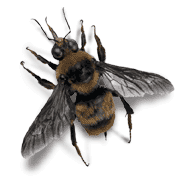 Killer bees have killed an estimated 1,000 people in the Americas. Where are the killer bees established?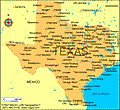  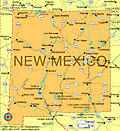 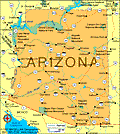 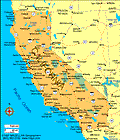 Related Links |
Perhaps the most feared and sensational of all foreign imports is the Africanized honeybee, better known as the 'killer' bee.
Brazilian scientists brought aggressive African bees to Brazil in 1956 in an effort to breed a better honeybee. Unfortunately, the experiment failed and some of the African bees escaped and bred with local species. The insects' offspring have gradually moved northward and killed an estimated 1,000 people.
Discovered in Hidalgo, Texas, in 1990, the bees are now established in most of Texas, Nevada, New Mexico, Arizona and Southern California. Scientists say that while the Africanized bees are no more venomous than regular North American honeybees, they become agitated much more easily and stay angry longer, sometimes repeatedly stinging their victims for an entire day. They have been known to attack animals or people a quarter of a mile from their hives.
A Blanket of Stinging Bees
A Texas man died after being stung 40 times as he was attempting to remove a nest. Since January 2000, two serious attacks have been reported in Las Vegas. A 79-year-old man was stung 30 times, but survived. In March, a swarm blanketed a 77-year-old woman walking down the street, apparently attracted to something in the bag she was carrying. Firefighters wearing special equipment doused the woman with water to remove some 200 bees swarming over her. Stung more than 500 times, the woman nonetheless survived.
Termites Devour History
The gracious architecture of the French Quarter in New Orleans is considered as much of a cultural treasure as the city's jazz or Creole cooking. That priceless heritage is under threat from a new admirer that wants to do more than just look.
The Formosan subterranean termite, a Chinese native that flies, swarms in vast clouds, and munches through concrete, bricks, or mortar to reach wood, has arrived in New Orleans.
First discovered in the U.S. in a Houston shipyard in 1965, the aggressive termites had reached Charleston, South Carolina, within two years. But sultry New Orleans, with its near-tropical weather, is a favorite home.
Authorities blame the termites for causing $300 million a year in damage. In addition, as many as half of the city's 4,000 live oaks, some more than 100 years old, are infested.
The city and other groups are spending $100,000 per city block to rid the area of the persistent pests.
Chicago Battles Beetles
Arriving from China in wooden packing crates, the Asian long-horned beetle has destroyed thousands of maple trees in Chicago and in New York City. The beetles spread so rapidly that authorities try to cut down infected trees immediately. The wood is then quickly chipped. Crates from several East Asian countries must now be chemically treated or heated to kill the beetle before entering the U.S.
The zebra mussel has caused an estimated $5 billion in damage between the Great Lakes to Oklahoma, as it rapidly invades waterways. The aggressive mollusk arrived in the U.S. in the 1980s in the ballast water of ships.
In addition, non-native plants have plagued 100 million acres, upsetting agricultural production and driving out native species. One species, the purple loosestrife, has clogged America's waterways since it arrived in the east in the 1880s and gradually moved west.
The federal government is now studying ways to reduce the impact of non-native species.
Sources: CNN, ABC, U.S. Center for Disease Control and Prevention, Texas A & M University Agriculture Program, infoplease.com, The Columbia Encyclopedia







